We’re breaking down everyone’s favorite flavor and talking history, varieties, benefits, and more!
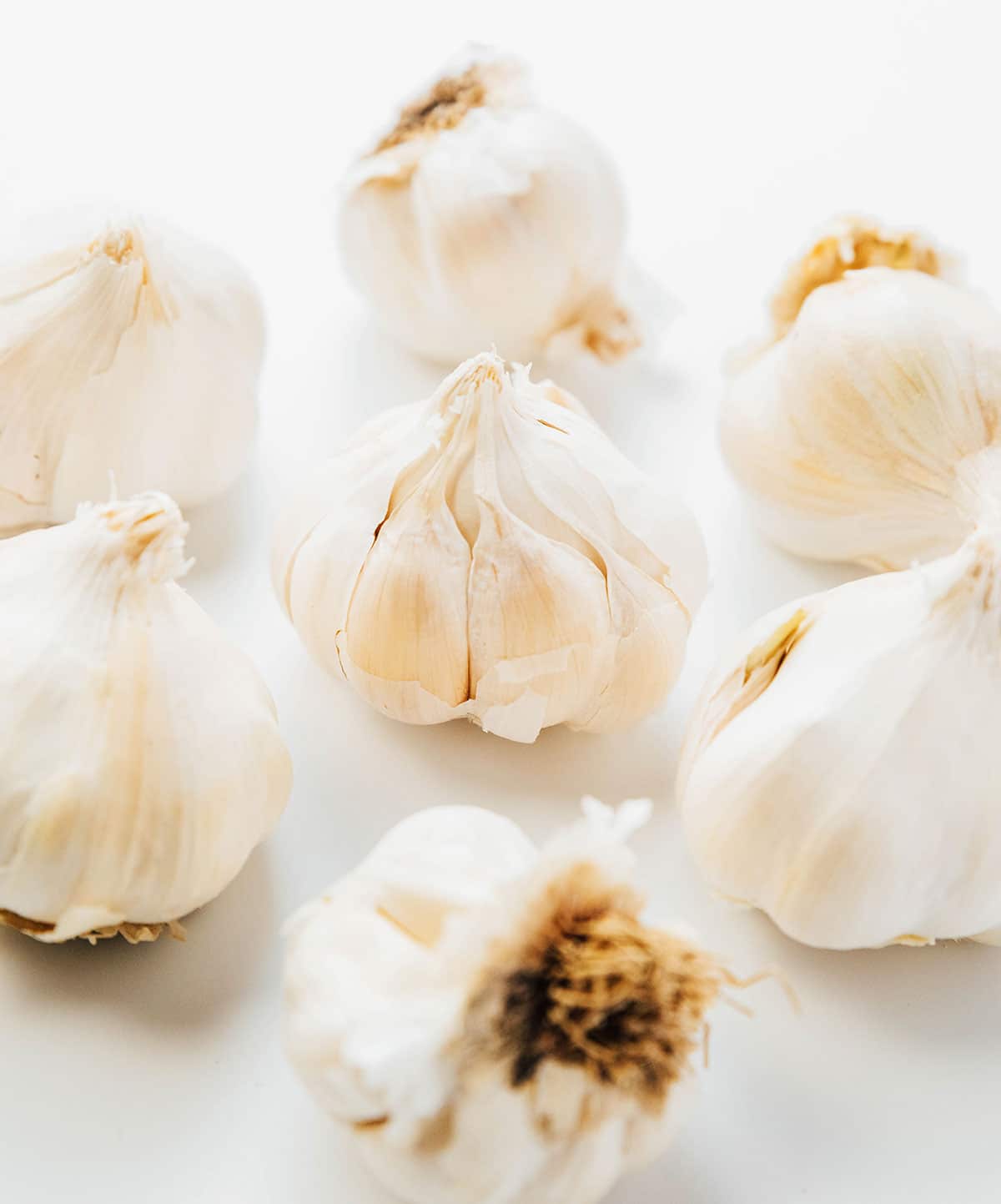
The classic deserted island question always leaves me stumped. You know the one – if you were left on a deserted island, what’s one thing you’d bring? A tent? A flashlight? A botanicals book to help me decipher the edible plants from the poisonous? I can never decide.
But, if you were to ask me what herb (vegetable, if we’re being technical) I’d bring to a deserted island, assuming a well-equipped kitchen was provided? Garlic. Always garlic.
Garlic breathes life into any dish it touches, adding so much delicious flavor. It’s potent and savory and can make even the blandest dish that much better. For that reason, garlic deserves its own highlight post! Follow along as we uncover the history of our favorite seasoning, its many varieties, and more.
A Brief Garlic History
Garlic has made its rounds, that’s for sure. A quick Google search lists it as thousands and thousands of years old! The USDA Agricultural Research Service even states that it’s “among the oldest known horticultural crops.” Pretty impressive, heh?
Though today you’ll find garlic in most cuisines — American, Mexican, Eastern European, and Mediterranean, to name a few — garlic was originally used in ancient Egyptian, Chinese, and Indian cuisine. Considering these countries are home to garlic’s natural growing climate, this makes sense! To this day China remains the leading garlic-producing location.
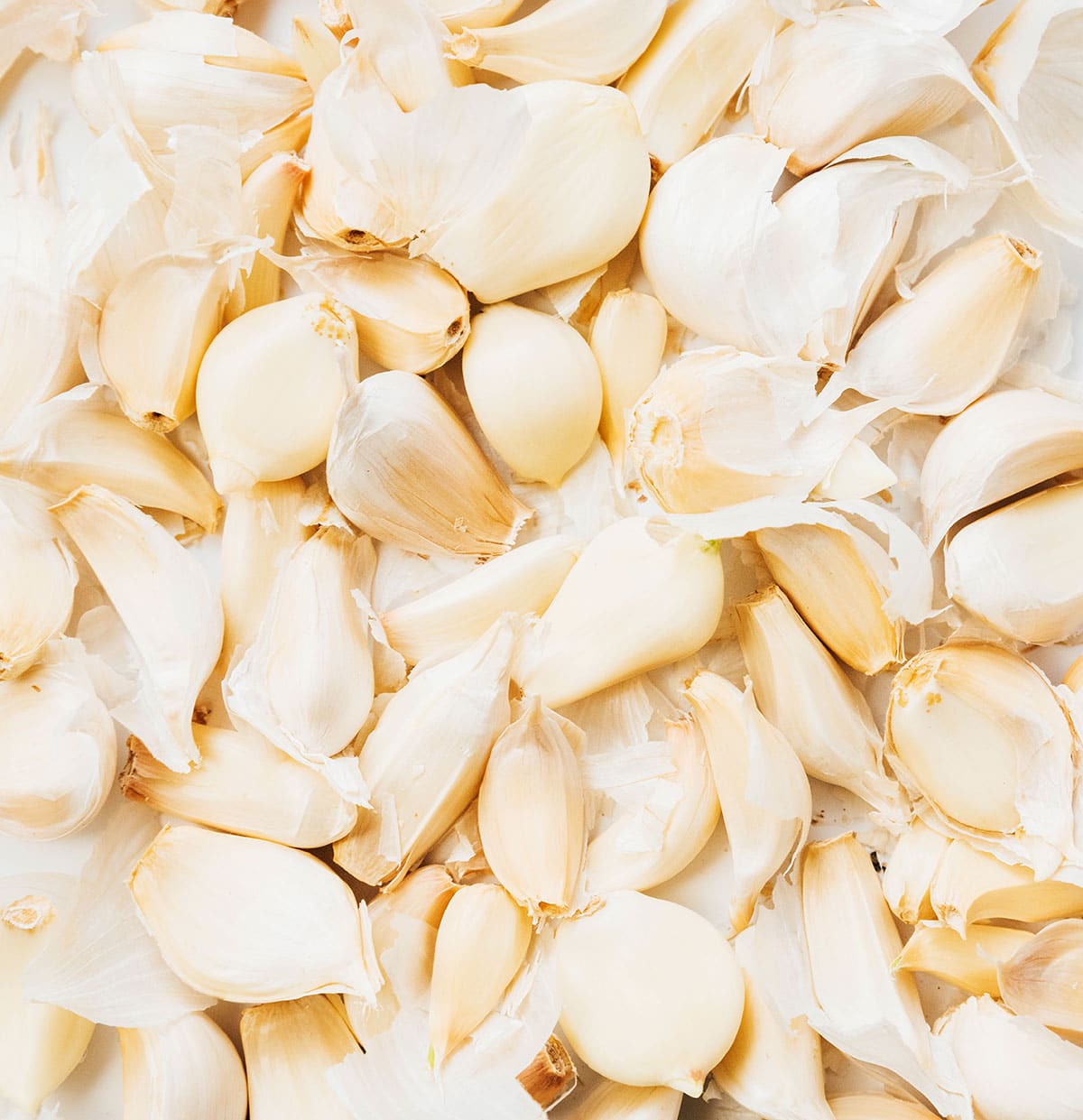
varieties of garlic
While there are different botanical varieties of garlic out there – like hard neck, soft neck, and spring garlic, to name a few – let’s talk through the varieties of garlic you might actually see at your grocery store!
Powdered Garlic
As a swap for cloves or a stand-alone recipe seasoning, powdered garlic provides allll of the flavor. The first thing that’s great about garlic powder is that you don’t have to pay attention to whether it’s in season — you can get it all year!
Pre-Minced Garlic
If you’re short on time or just want to make your life a little easier by skipping a step in your recipe, pre-minced garlic may be for you. The little jars of ready-to-devour garlic are filled to the brim with minced cloves and are ready to be added to your recipe with no work on your end. The cons? Because garlic emits chemicals when crushed, the flavor is likely not as good and fresh when using pre-minced garlic.
Garlic Salt
Sometimes regular garlic powder won’t cut it, and you need something with slightly extra flavor (and sodium). Enter garlic salt! Garlic salt is more salt than garlic and is typically made using a 3:1 ratio. Use this as the “salt” in any recipe that calls for it, and you’ll have an extra hint of garlic thrown in.
Black Garlic
As the name suggests, not all garlic has that creamy porcelain color! Black garlic is an aged garlic that has been fermented. This garlic has a soft texture that makes it great for use in spreads and dips. Perhaps more important, however, are the many benefits it provides! Black garlic is known for its high antioxidant content.
Roasted Garlic
Roasting garlic gives it a deeply caramelized flavor! Here’s how to make roasted garlic (in your air fryer!)
garlic Health benefits
A clove of garlic weighing an average of 3g contains only 4 calories most of which comes from carbs. On an ounce for ounce basis garlic is neither a low nor high calorie food, but since we don’t tend to eat a lot at once it adds very few calories to your diet but oh so much flavor. Similarly, garlic provides a variety of vitamins and minerals, but the amount contained in a single clove is quite small.
Garlic does, however, contain a variety of compounds believed to have health benefits which include:
Boosts Immune System: Garlic has immune-boosting properties due to its high concentration of sulfur-containing compounds, including allicin. These compounds have been found to enhance the activity of immune cells, helping the body fight against infections and diseases.
Cardiovascular Health: Garlic may have a positive impact on heart health. It is purported to help lower blood pressure, reduce total cholesterol and LDL (bad) cholesterol levels, and prevent the formation of blood clots. These effects may reduce the risk of heart disease and stroke.
Antioxidant Properties: Garlic contains antioxidants that help protect the body from oxidative damage caused by free radicals.
Anti-inflammatory Effects: The sulfur compounds in garlic possess anti-inflammatory properties. Chronic inflammation is associated with various diseases, including arthritis, cardiovascular disease, and certain cancers. Consuming garlic may help reduce inflammation.
Antibacterial and Antiviral Properties: Garlic has been used for centuries as a natural remedy to fight bacterial and viral infections. Historically, it was used for this before we understood these maladies. It has shown antimicrobial activity against various strains of bacteria and viruses, including the common cold and flu viruses.
Improved Digestive Health: Garlic may aid in digestion by promoting the production of digestive enzymes. It may also help balance gut bacteria and improve the health of the gastrointestinal tract.
Cancer Prevention: Some studies suggest that regular consumption of garlic may be associated with a reduced risk of certain cancers, particularly those of the digestive system, including stomach, colorectal, and esophageal cancer. However, further research is needed to establish a definitive link.
Okay, now that is a pretty impressive list of purported health benefits. We can’t really guarantee the extent of these claims, and we can verify that it causes some breath issues. We think it worth noting, however, that Hippocrates (ya, that Hippocrates, the one the Hippocratic Oath is named for) prescribed garlic as a medicine for a variety of ailments.
Is garlic keto?
Absolutely, as long as you don’t eat whole bulbs. According to the USDA a clove of garlic contains only 1g of carbs. You can use it liberally in your cooking and stay on a keto diet.
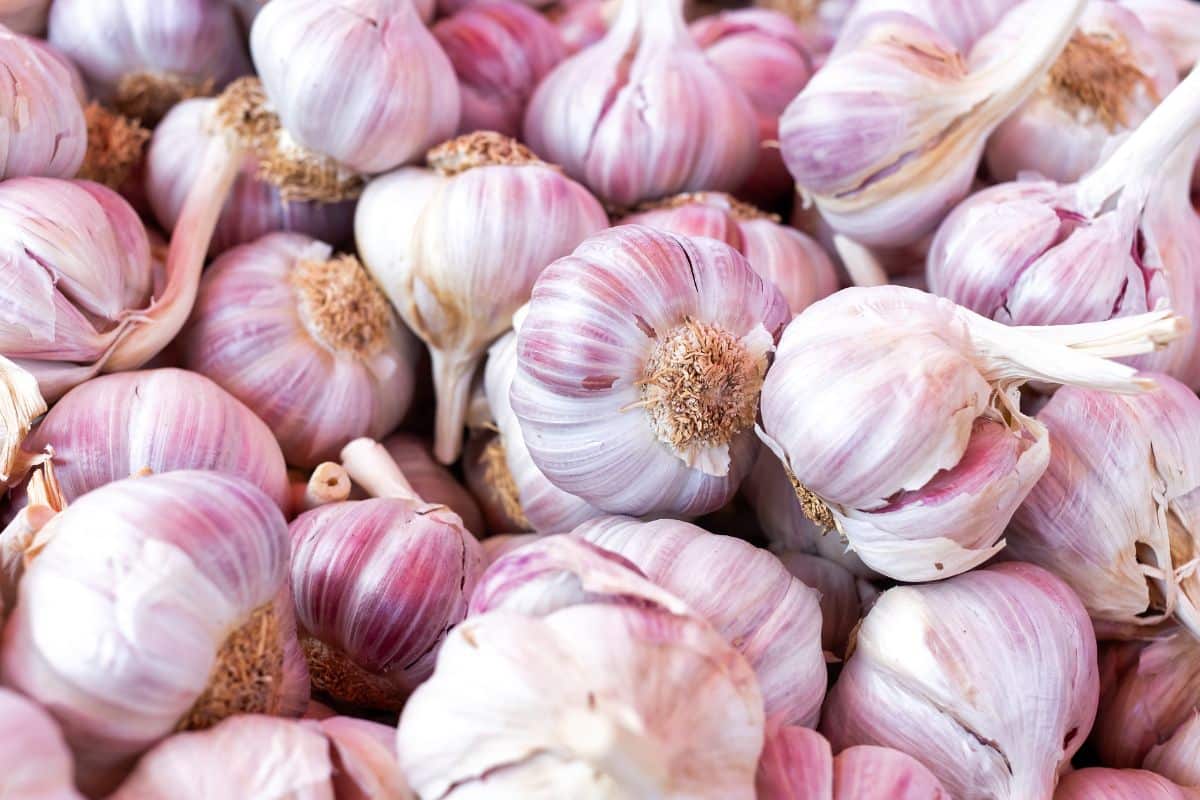
Eating raw garlic
Great news for the garlic lovers… you can safely eat it raw! In fact, there are actually benefits to enjoying garlic in its raw form. Garlic loses many of its benefits when it gets hotter than 140°F. But before that, the herb is responsible for benefiting your immune system, cholesterol, and more.
Though you shouldn’t go chomping down on a clove like you would an apple slice, you can add the raw form into dishes like salad dressings, pasta, hummus, guacamole, or other recipes that could use extra flavor. Just mince it up, add, and enjoy!
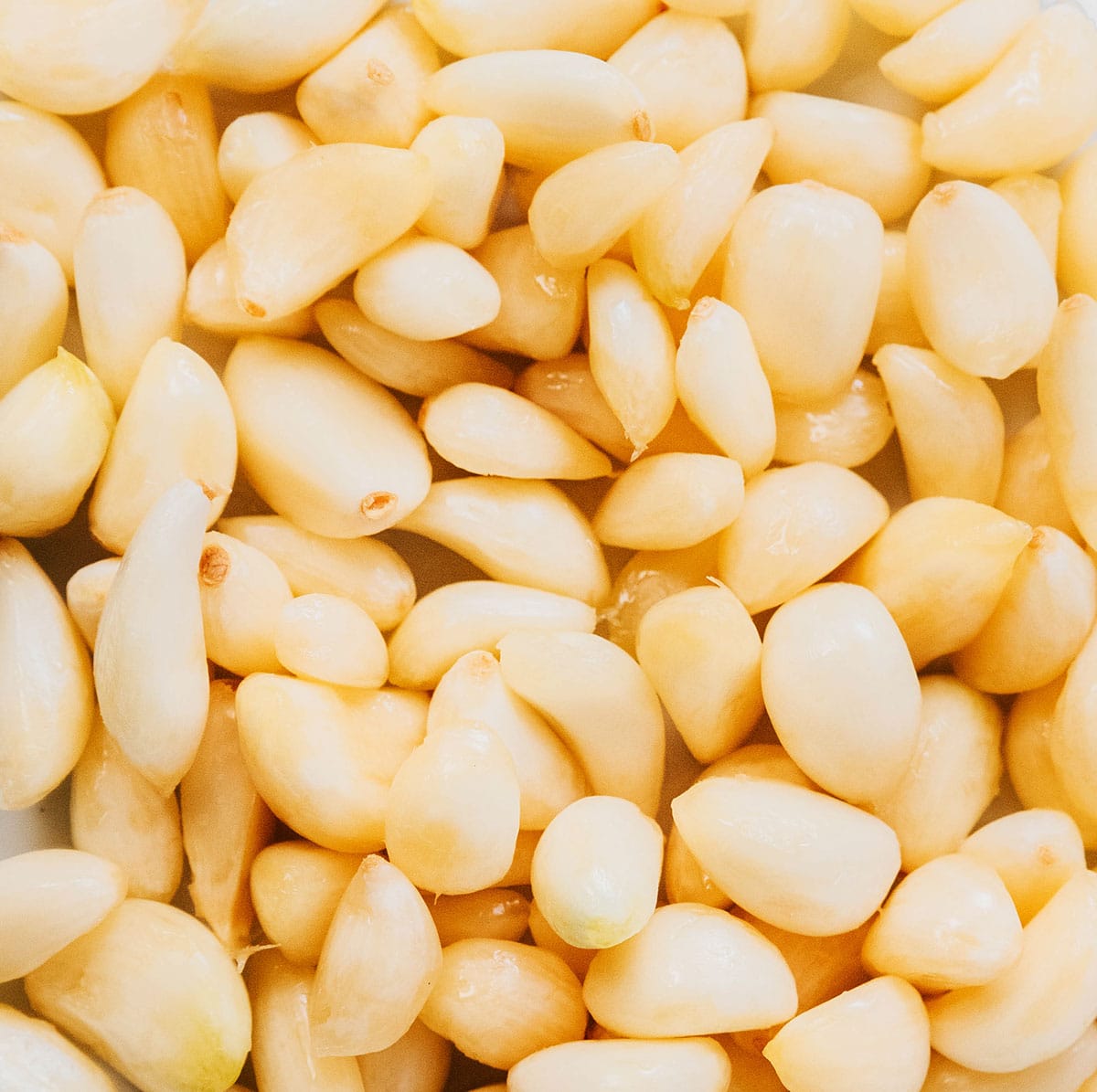
How to buy the best garlic
When choosing your garlic, a few key tips will help you pick a bulb with a great flavor and texture.
First, know the season. Garlic’s peak time of year is the summer to early fall. Aim to go with local garlic for the freshest bulbs.
Second, do the pressure test. If the bulb feels firm, that’s a good sign! It shouldn’t feel light or like the inside is empty. Make sure the outer layers have that nice papery white color and look for signs of mold or rot.

How to Store Garlic
The thing to keep in mind is that whole bulbs of garlic generally have a longer shelf life compared to peeled or chopped garlic. Also, check your stored garlic regularly and discard any cloves that show signs of mold, softness, or sprouting.
Keep garlic bulbs in a cool, dry place such as a pantry. Choose a well-ventilated area to prevent moisture buildup, and don’t store garlic in plastic bags, as this can trap moisture and cause sprouting or spoilage. Paper bags are a better option. Your garlic will keep best if stored around 60-65F in moderate humidity.
You can store garlic in the refrigerator which might be advisable in a very dry climate. Place unpeeled garlic bulbs in a paper bag or a loosely closed paper or mesh container in your vegetable crisper drawer.
Freezing Garlic
You can also freeze garlic. Peel and chop the garlic cloves or mince them into small pieces then put them in an airtight container or freezer bag and pop them in the freezer. You can cook with them directly from the freezer without thawing, but the texture will likely be a little different than with fresh garlic. We don’t recommend using frozen garlic for raw applications.
Garlic’s Adverse Effects
No food is perfect, and neither is garlic! Though we love it for its flavor and health benefits, garlic does cause side effects that some may be more sensitive to than others. This is particularly true in digestion. Garlic is considered a FODMAP, which is a type of food that is harder for the body to break down. Garlic’s FODMAP properties make it a food that causes bloating and heartburn for many. This certainly isn’t a dealbreaker, but it’s something to keep in mind.
When handling and storing garlic, it’s important to practice top-notch food safety, as garlic is a food prone to developing botulism bacteria. For this reason, be sure to avoid using old garlic. Keep any garlic oils refrigerated and enjoy them well before the expiration date.

And don’t let those puppy eyes guilt you – garlic is toxic to dogs!
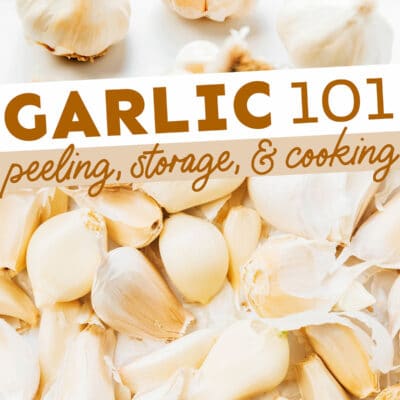
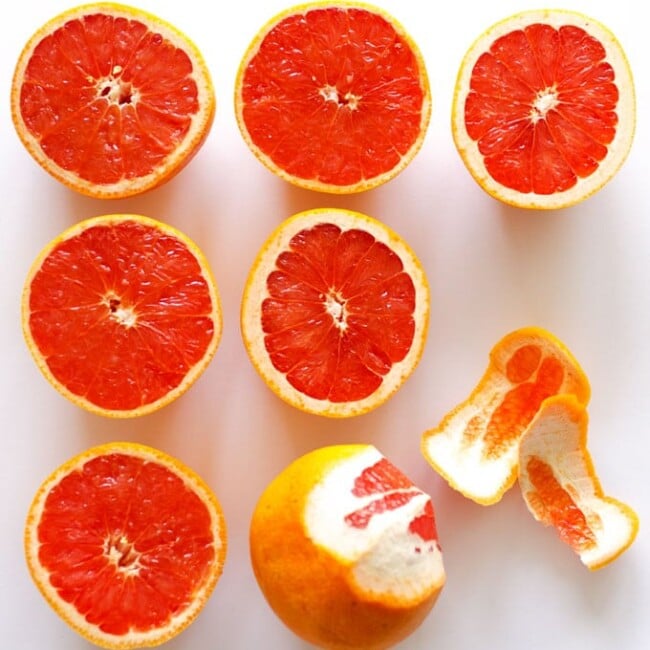
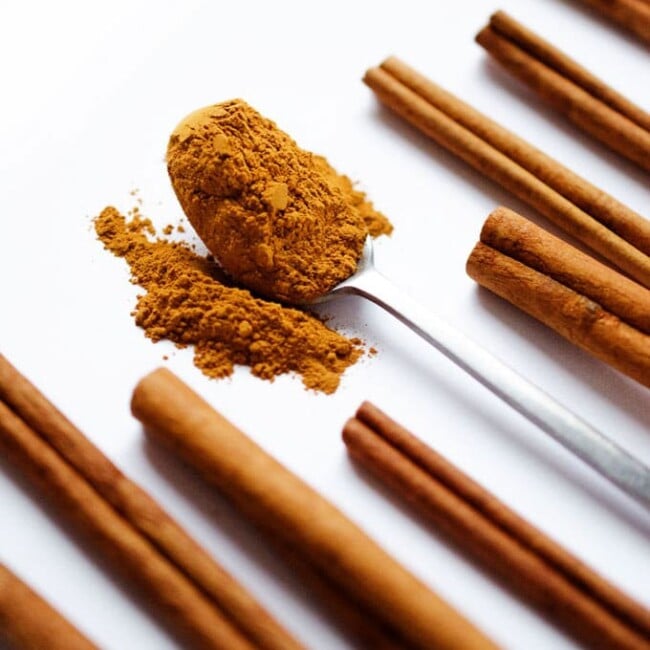
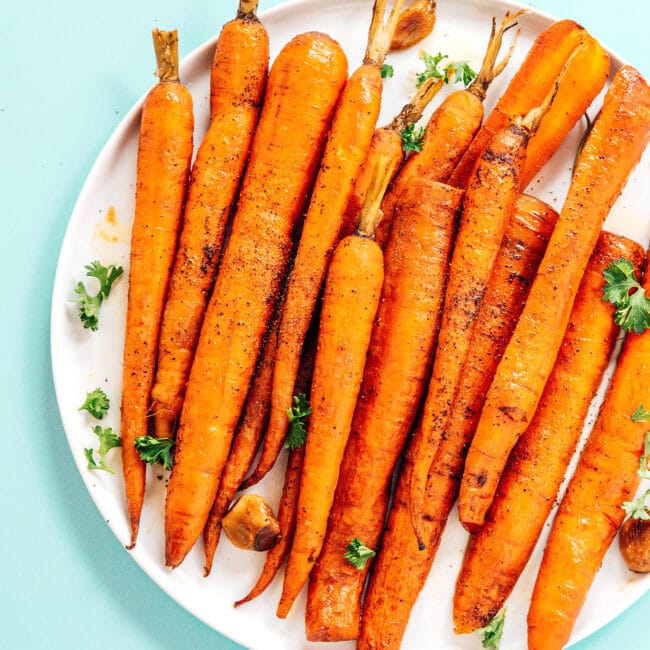
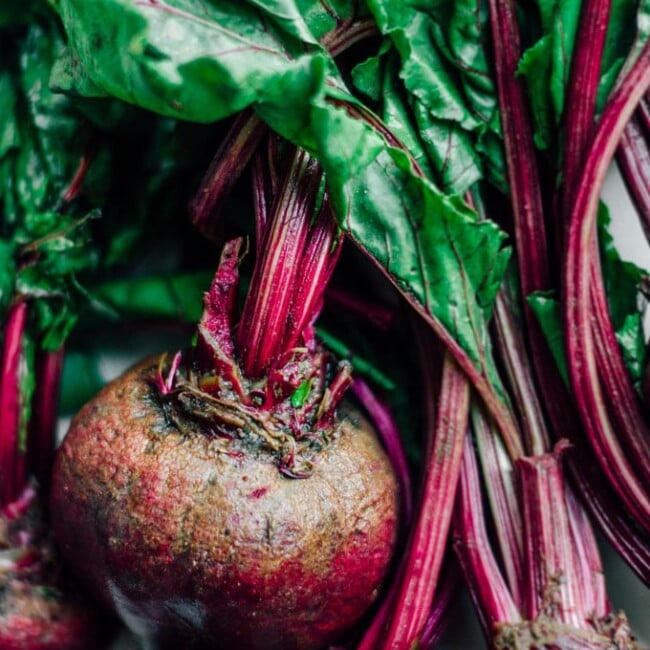
Shannon says
Garlic from a jar doesn’t taste as good as fresh.
david says
A helpful article. But my issue is that I’ll often buy garlic from a supermarket that appears fresh, but if I roast it (olive oil, in foil) even that day, the resultant cloves actually smell mouldy. I’m assuming this isn’t normal, given the popularity of roasting garlic and even garlic confit, but I’m not sure how I can avoid this. Any ideas?
Sarah Bond says
You might try a different source for your garlic! Sometimes stores will refrigerate the garlic along the way, which can cause moisture to build up under the skin and lead to mold. If there are any farmers markets or the like in your area, that would be best!